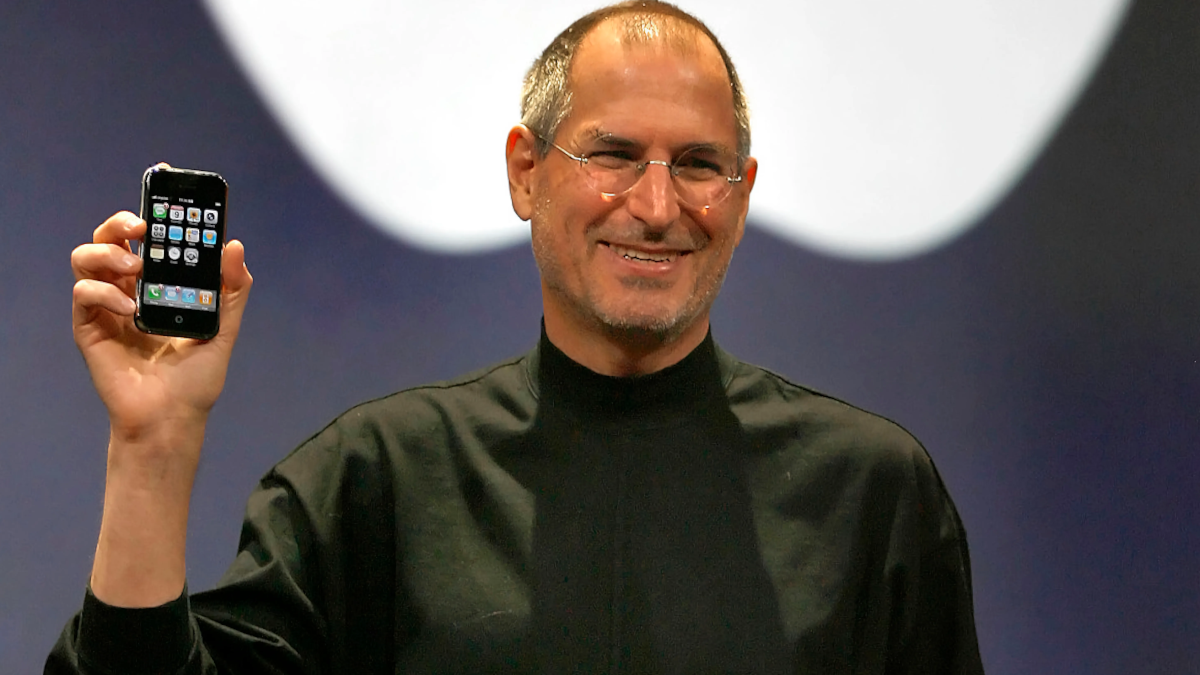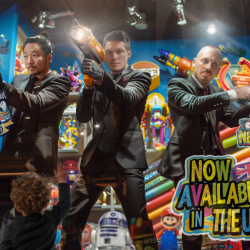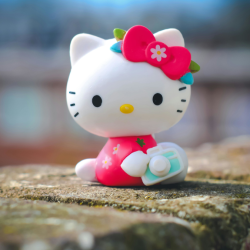Recessions, wars, banking crises, climate change, political unrest, strikes…
Just one day’s worth of headlines can make us feel like the only thing left to be thrown at us is armageddon itself. It’s no wonder that the Smithsonian discovered that we’re living in ‘historically unhappy times‘, because sometimes it’s hard to find the ‘feel good’.
Belonging is a fundamental human need that, when truly fulfilled, creates a powerful emotional connection — it makes us feel good. The most-loved brands work hard at this, and we reward them with our loyalty, our advocacy, and our engagement. Today, making people feel good is good business. But how can more brands tackle this?
There are two fundamental shifts in thinking required:
Think fans, not customers
As with any brand, when you talk about ‘customers’ the conversation inevitably ends up leading to the desired transaction. But a purchase is just one small component of how brands can create a sense of belonging. Yes, a customer may own something and therefore feel as though they have bought into that brand, but there is so much more to building real connections that make us feel good. John Lewis is a perfect example of this, and has for years fostered fans that hand down their love and loyalty through generations, by being there for the happiest moments in life, such as buying your first house or welcoming grandchildren into the family. This prominent British legacy has proven time and time again that when a brand shifts mindsets to think less about attracting customers and more about creating fans, it opens up entirely new possibilities.
We also think about the roles they can own, such as inviting reviews and opportunities for their needs to not just be heard but to be understood and contributed to the brand itself. It could be actively helping to develop new products and services. It can even mean becoming ambassadors and harnessing a new generation of fans. Ebay’s latest ‘pre-loved’ pairing with Love Island demonstrated this well with a bold collaboration that bridged the gap between existing devoted fans of the show and new, emerging fans of the major online marketplace.

When we design for fans, we think about how we can offer a sense of ownership to them. It could be a physical space to hang out, an experience they can curate, or even a channel they can control. We think about what tools we can give them, whether creative platforms, unique services, or even exclusive technology — all of which play a part in building a bond and providing a value exchange.
Thinking fans, not customers, opens-up innovation in any brand that ultimately builds a sense of belonging far beyond a purchase.
Feel-good brands build fandoms, not communities
Communities are collections of individuals with a commonality — maybe a location, an interest, or even a passion. When we flip our thinking to fandoms, again we can amplify the sense of belonging that can be built with brands. Belonging to a fandom of any type becomes a fundamental part of a fan’s life, a part that contributes something new and makes them feel good. When we work with brands to build their fandoms, focusing on ‘newness’ is crucial — how can we constantly fuel fans’ appetite for more? We also look at access — how do we give them exclusive previews or participation? And we design for intrigue — how do we keep them hooked and addicted to what could be coming next?
Apple is ever the innovator in this field. Think launch announcements on stage, which have now become the standard for all electronics brands, or queues around the block on new release days. They treat their core audience like fans and know they are active, obsessive, and highly dedicated. Since the release of the first iPhone in 2007, they have understood the cache of ‘newness‘ and are constantly innovating so that once a customer transitions to a fan then all their devices will bear their logo.
When brands truly understand what it takes to feed a fandom they are rewarded with the lifetime loyalty of their fans.
So, think about the brands that you love most. Do they offer enough for you to call yourself a true fan? Do they actively nurture its fandom to sustain engagement? Do they make you feel good? Maybe most importantly, do they distract you from that looming, daily armageddon?
Featured image: Steve Jobs introduces the iPhone in 2007 / Apple





























